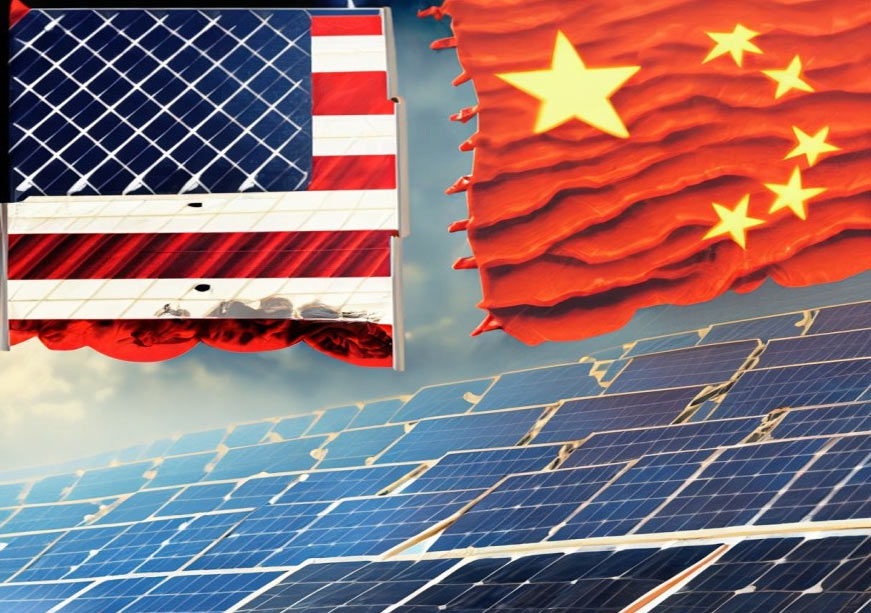The battle for global energy dominance between the United States and China has evolved dramatically over the past two decades. As the world's largest and second-largest energy consumers, respectively, the energy profiles and consumption trends of these two nations offer valuable insights into the shifting dynamics of global energy.
Energy Consumption: A Shifting Landscape
In 2003, the United States led global energy consumption with 96 exajoules (EJ), while China was a distant second with 49 EJ. Fast forward to 2023, and China has surpassed the US as the largest energy consumer, consuming over 170 EJ, which constitutes over 27% of global energy consumption. In contrast, the US's consumption stands at 94 EJ, about 15% of the global total. The peak consumption in the US of 95.4 EJ in 2022 highlights a stark difference from China's consumption, which now significantly outpaces it.
Transformation of China's Energy Profile
China's energy profile has seen a significant transformation over the past twenty years. In 2003, fossil fuels dominated China's energy mix, with coal alone accounting for 68% of its primary energy consumption. By 2023, coal's share had decreased to 54%, though consumption had tripled to 91.94 EJ. The consumption of natural gas and renewable energy has increased markedly, reflecting a broader shift towards cleaner energy sources. Notably, China's renewable energy consumption in 2023 reached 27.6 EJ, representing 30% of global renewable energy use, far surpassing other major economies.
Geopolitical Implications and Future Outlook
China's dominance in new energy technologies is largely driven by state policy and substantial public investments rather than natural resource endowment. Unlike the US's historical advantage stemming from its rich domestic resources, China's current leadership in new energy is a result of strategic state-led initiatives. Despite the impressive figures, China's per capita energy consumption remains lower than many OECD countries, indicating that while China leads in volume, there is still a gap in energy quality and economic benefits.
The geopolitical implications of China's dominance in new energy are complex. While it might not wield the same influence as the US did in the mid-20th century, China's role in producing affordable new energy technologies could facilitate their adoption in less wealthy nations. Thus, China's new energy advancements could significantly impact global energy policies, possibly more as a source of technological diffusion than as a geopolitical lever.
Conclusion
The evolving energy landscape highlights a significant shift in global energy dominance from the US to China. As China continues to lead in renewable energy consumption and technology production, it will shape global energy trends and policies. However, the real impact of China's dominance may ultimately hinge on how it influences the adoption of new energy technologies worldwide and bridges the gap between energy consumption and economic growth. Read more about the Global Energy Trends in detailed articles here.





Comments